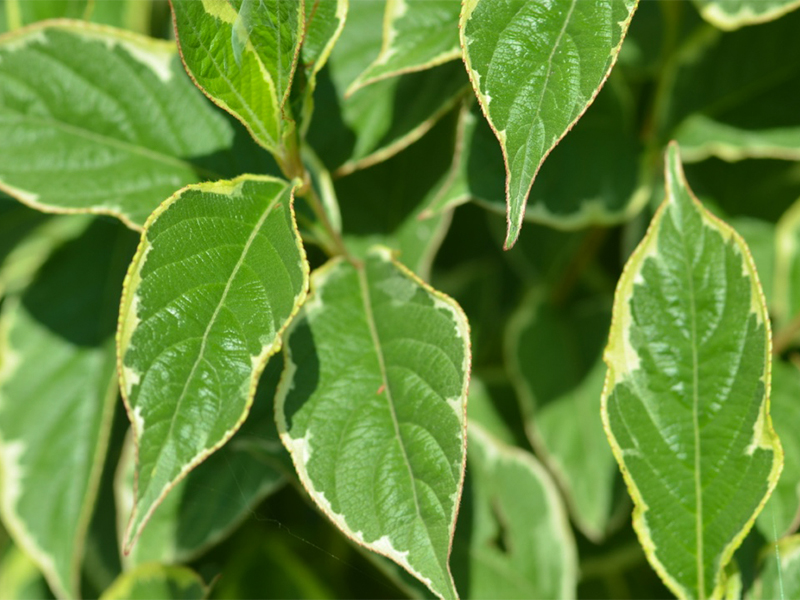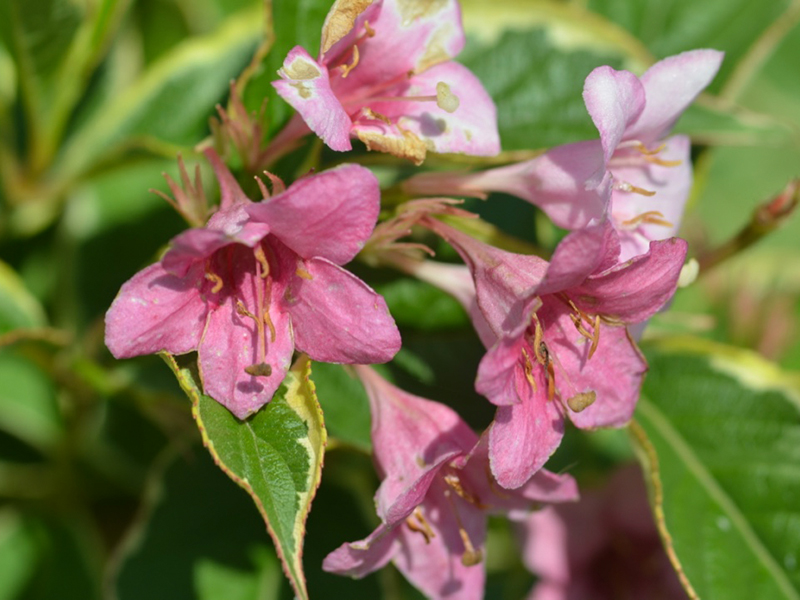| General Description | This weigela has very appealing pink flowers and a honey-like scent with variegated leaves and a mounded shape. It tolerates pollution and can be pruned at any time of the year to maintain form and vigour. |
| Shape | Rounded and multi-stemmed. |
| Landscape | Freestanding shrub, or a mid to background shrub for borders, can be trained as an espalier but rarely done or seen. |
| Propagation | From semi-ripe cuttings taken in the early summer or hardwood cuttings in the winter. |
| Cultivation | Flourishes in most, well-drained and chalky soils. Prune after flowering to maintain vigour. |
| Pests | Leaf and bud eelworms and honey fungus. |
| Habitat | Horticultural origin. |
| Bark/Stem Description | Light brown, very rough and not ornamentally significant. |
| Flower/Leaf Bud Description | Sharply-pointed and opposite in arrangement. |
| Leaf Description | 5 - 15 cm long ovate-oblong leaves with an acuminate tip and serrated margins. They are hairy above and beneath, rigid and deeply veined. |
| Flower Description | 2 - 4 cm long, five lobed, white pink or red, rarely yellow and produced on old wood. They are honey-scented and are held in clusters of 3 - 5 blooms. |
| Fruit Description | A dry capsule containing lots of small winged seeds. The seed heads are dark to mid-brown in colour and often persist through the winter months. |
| Colour Description | Pink flowers in summer. Variegated leaves that are green and white. |
| Texture Description | Medium texture. |

